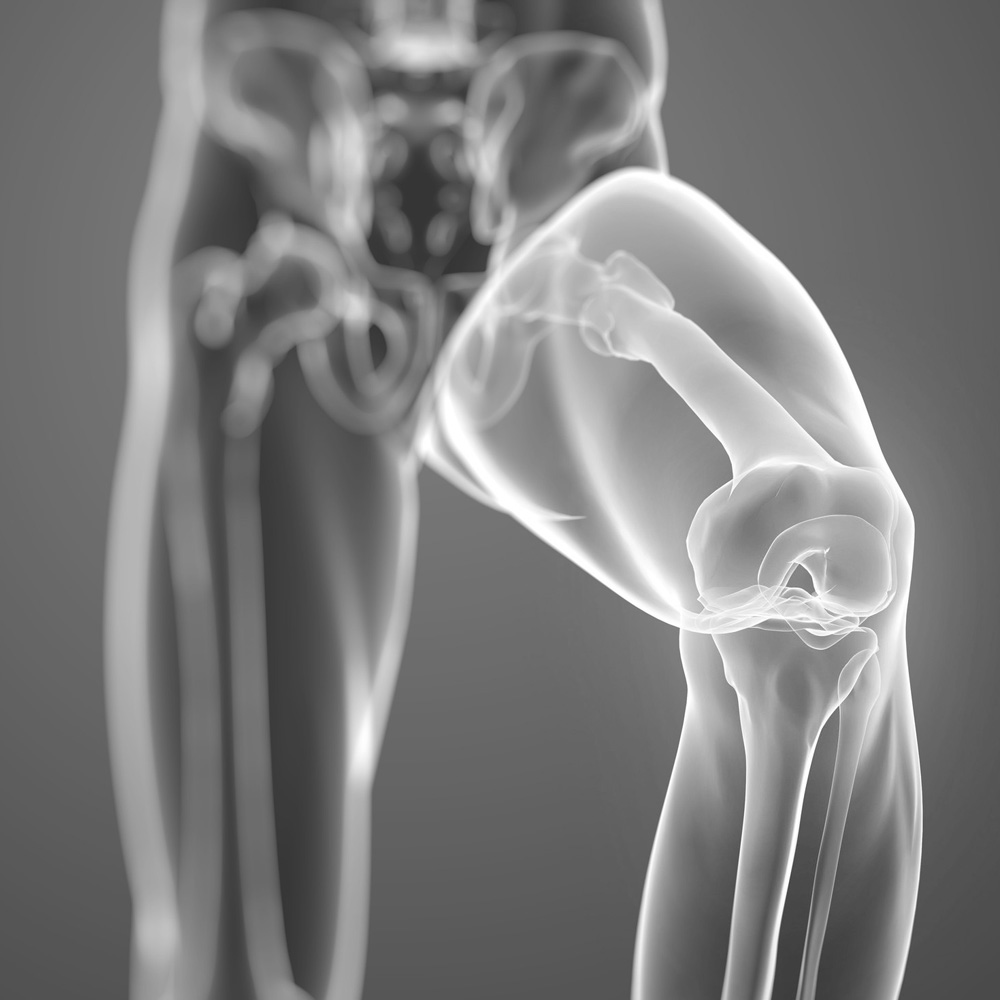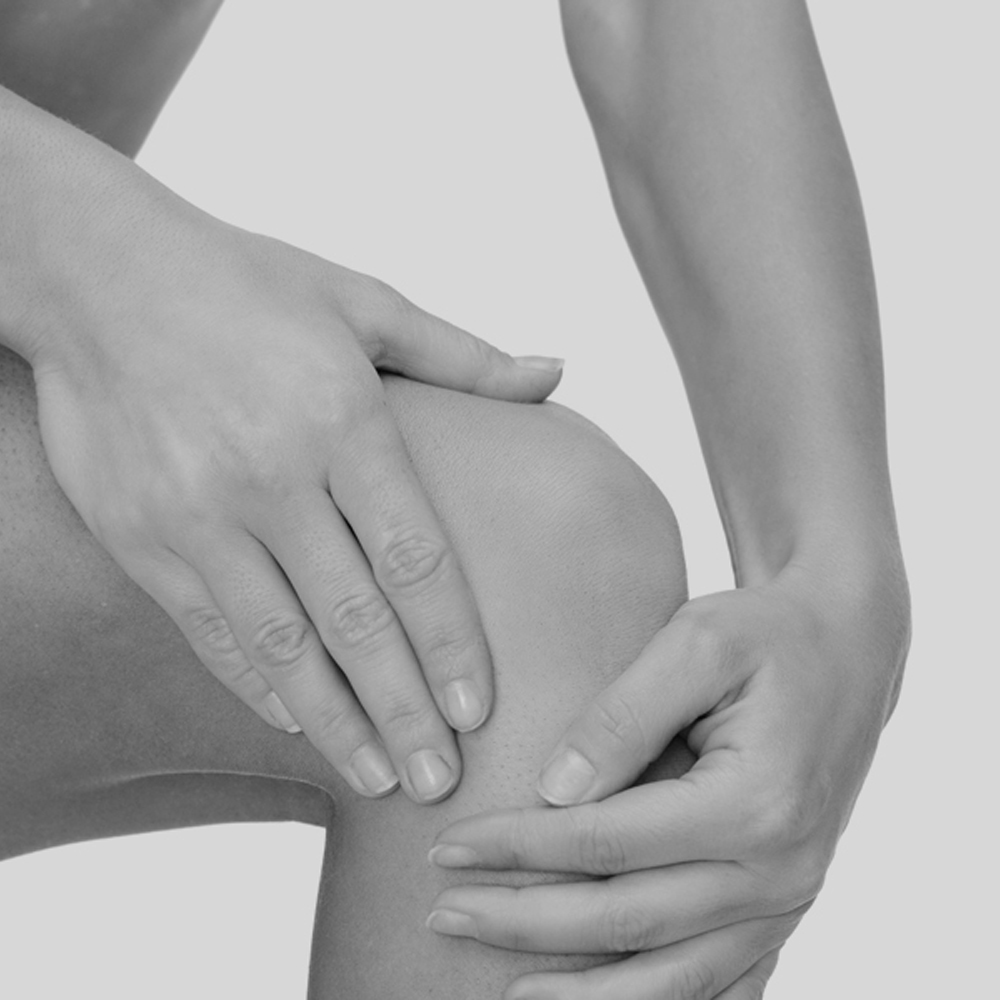Total Knee Replacement (TKR) became popular during the 1970’s and 1980’s as a treatment for end-stage degeneration of the knee joint. Since then, many advances have been made. Today, almost 60,000 TKRs are performed in the UK each year.
A Total Knee Replacement operation replaces the bottom end of the femur (thighbone) and the top end of the tibia (shinbone) with a prosthesis (man-made joint). Often, the patella (kneecap) must also have its back surface replaced.
There are many different knee replacements available. The majority consist of metal components that are fixed to the bottom end of the femur (femoral component) and top end of the tibia (tibial component); a plastic liner is inserted between the two. In some designs this plastic liner is mobile.
Most knee replacements are designed to be used with orthopaedic cement, which acts as a grout. Others are designed to encourage bone growth onto the prosthesis to give long term stability (uncemented).
Click here to view basic knee anatomy which provides a helpful reference for these pages.
A Total Knee Replacement operation replaces the bottom end of the femur (thighbone) and the top end of the tibia (shinbone) with a prosthesis (man-made joint). Often, the patella (kneecap) must also have its back surface replaced.
There are many different knee replacements available. The majority consist of metal components that are fixed to the bottom end of the femur (femoral component) and top end of the tibia (tibial component); a plastic liner is inserted between the two. In some designs this plastic liner is mobile.
Most knee replacements are designed to be used with orthopaedic cement, which acts as a grout. Others are designed to encourage bone growth onto the prosthesis to give long term stability (uncemented).
Click here to view basic knee anatomy which provides a helpful reference for these pages.




